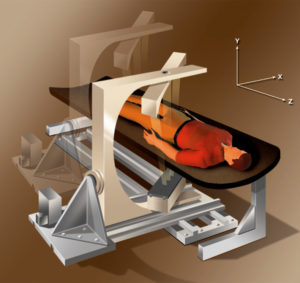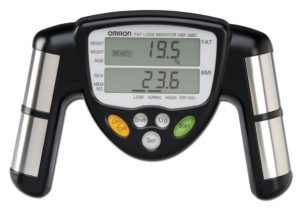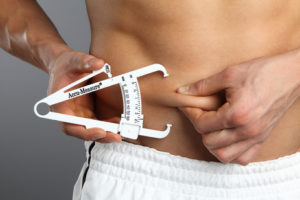
Reasons You Want To Be Lean
Getting down to low body fat levels showcases your hard work with visible definition and separation between your muscles.
To obtain this lean look, a strict diet and meticulous training is part of your daily ritual. By definition of “lean”, personal and athletic trainers go by the standard of body fat under 15%, and more specifically under 10% to look truly impressive.
When getting this technical on body fat levels, you have to get your measurement from somewhere. What’s the best method to measure your levels and which ones cost the most?
The Ways to Measure Body Fat
Before you can attempt to make a change to your physical appearance, you have to get an understanding of where you are right now. Without having an estimate of what our body fat levels are in the present moment, making a change to our bodies becomes almost an uphill battle.
To combat this problem, professionals have been using variations of weight scales and body fat estimators to get a snapshot of the client’s weight distribution. Many of these devices, however, are inaccurate and too costly for the average person to rely on for routine weight management.
At the moment, these are the main ways to test body fat levels:

DEXA:
Dual X-Ray Absorptiometry, for short DEXA, is the method of body fat testing using x-ray scans of bones and fat tissue as ratios to determine the overall body fat percentage. This scan is the most accurate as it shows the details of your entire body mass. The price for this is right around $100 and could be found in most university exercise physiology labs.

BIA:
Bioelectrical Impedance Analysis is a body fat measurement using an electrical signal that’s sent through your skin. The signal then goes through the water and muscles until it reaches the borders of fat inside the cell, where the measurement of resistance is taken. The problem with this scan is that there are different levels of fat in different areas of the body, so it never gives you an exact overall amount. These are usually the handheld devices that you see at gyms and sold at department stores.

Body Calipers:
These are simple and can be carried around pretty much anywhere you want to measure your body fat. The calipers pinch your skin together to get an idea of what your fat levels are, but just like with BIA scans, they don’t get accurate measurements for overall body fat. If you want a rough estimate and are short on cash, try grabbing these if you feel you need it.
Underwater Static Testing:
Body fat is measured by the amount of water displaced by your body being lowered into the tub of water. Since most of your body’s mass is from muscle and bone tissue, someone with a “fattier” body mass would have less water displacement since fat is less dense than water. This method was once thought of as the most accurate method, but DEXA scans have been proven to be obsolete in comparison.
The Wrap Up
Removing body fat is important to showcase an impressive, lean physique, but the current methods for body fat testing are inaccurate and expensive. Although pricey, DEXA scanning provides the most accurate readings in comparison to what is available in department stores and fitness retail outlets. This may soon change with new advancements in technology, as the cost for home imaging software comes down over the next few years.
What else do you want to know?
How 3-D Imaging Can Help You Lose Fat Faster
Why The Weight Scale Really Doesn’t Matter
Why You Should Take Your Body Part Measurements More Often
How to Take Your Weight Properly
